October 01, 2020 12:00 AM
When adjusting the balance of a customer’s tires, wheel weights are used to correct any imbalances. The right wheel weight placed in the right spot helps ensure proper tire performance.
It’s all about physics.
By applying the weights to the wheel in a specific, precise location, that additional counterbalance weight causes the wheel’s mass to be distributed more evenly around the axis of rotation.
This ensures the wheel will rotate without vibration. Weight placement location and amount of counterbalance required is made easy with modern wheel-balancing equipment.
Two main types of wheel weights are used: clip-on wheel weights; and adhesive wheel weights. The “right” wheel weight depends on both technician preference and wheel application.
Both clip-on and adhesive wheel weights are available in a variety of different materials. Most common are coated steel (to avoid rust), lead, zinc and even types of plastic.
By nature, technicians often prefer more malleable materials for clip-on weights so they’re easier to install faster with less force. The variety of clip-on designs allow the technician to match them to the profile of the rim flange.
For adhesive weights, the material doesn’t matter as much as the quality of the adhesive tape that secures it to the rim.
Prices often vary based on materials used. Local and state environmental ordinances also may impact the choice of wheel weights used, particularly where lead is concerned.
Clip-on wheel weights, an industry standard, are fastest to use in the balancing process. The design concept hasn’t changed much since the 1930s when they first became popular. Knocking them into the right place on the wheel’s rim flange is a fast process compared with steps necessary to apply adhesive weights.
It’s important the profile of the clip-on weight used matches the profile of the rim flange. Failure to match the weight design to the rim properly can result in weights moving on the rim, coming off the wheel or scratching up the rim.
If the wheel does not have a flange, adhesive wheels weights -- also referred to as “stick-on” or “tape-on” weights –- are the best option. Adhesive wheel weights are a good choice for customers who want their wheels to have a certain aesthetics, as weights can be placed behind spokes or integrated into elements of the wheel design.
For adhesive weights, proper surface preparation takes more time, but helps to ensure quality balancing. Be sure the surface of the inside of the rim is clean. That includes properly removing any existing weights and remaining adhesive residue.
It’s also important to clean the wheel before applying new wheel weights. Once the wheel surface is clean and the proper amount of weight is determined, remove the backing of the wheel-weight strip and place the weight in the center of the imbalance point. Apply pressure to make sure contact with the rim is secure.
Finally, re-spin the assembly to ensure proper balance has been achieved.
Tire balancing is a tune-up for your wheel-tire set.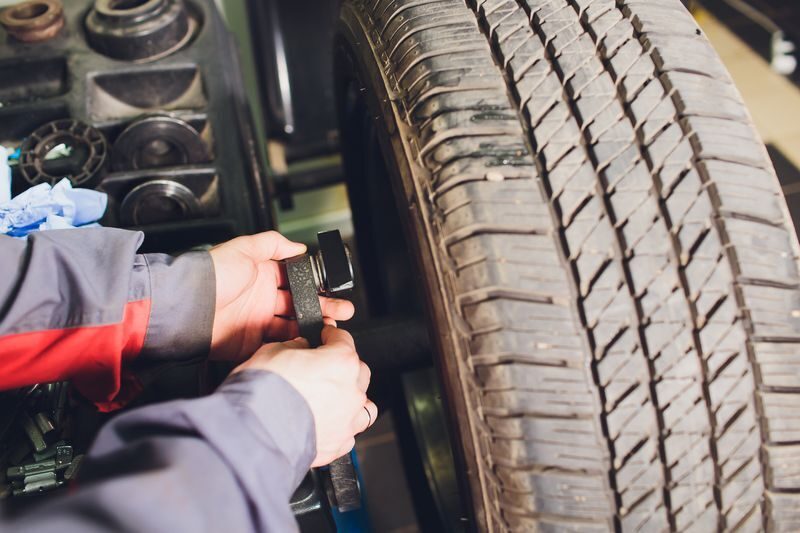 It makes sure that weight is evenly distributed around the entire circumference of the unit. The common symptoms of out-of-balance tires are uneven and faster tread wear, poor fuel economy, and vibration in the steering wheel, the floorboard or the seat that gets worse at faster speeds.
It makes sure that weight is evenly distributed around the entire circumference of the unit. The common symptoms of out-of-balance tires are uneven and faster tread wear, poor fuel economy, and vibration in the steering wheel, the floorboard or the seat that gets worse at faster speeds.
When all areas of the wheel-tire unit are as equal in weight as possible, the tire will roll smoothly. This helps it wear evenly, for longest life. Balancing also contributes to ride comfort: Imbalanced tires will wobble or hop up and down, which causes vibration. If a front tire isn’t properly balanced you’ll likely feel vibration in the steering wheel. If the problem is in the rear the tremor will be noticeable in the seat or floor.
Imbalanced tires are easily corrected, but the work is precise. It’s done by attaching small weights, just fractions of ounces, to the wheel.
Everyday wear on tires will contribute to imbalance. Normal manufacturing imperfections are also a cause: Tires and wheels don’t have precisely equal weight distribution.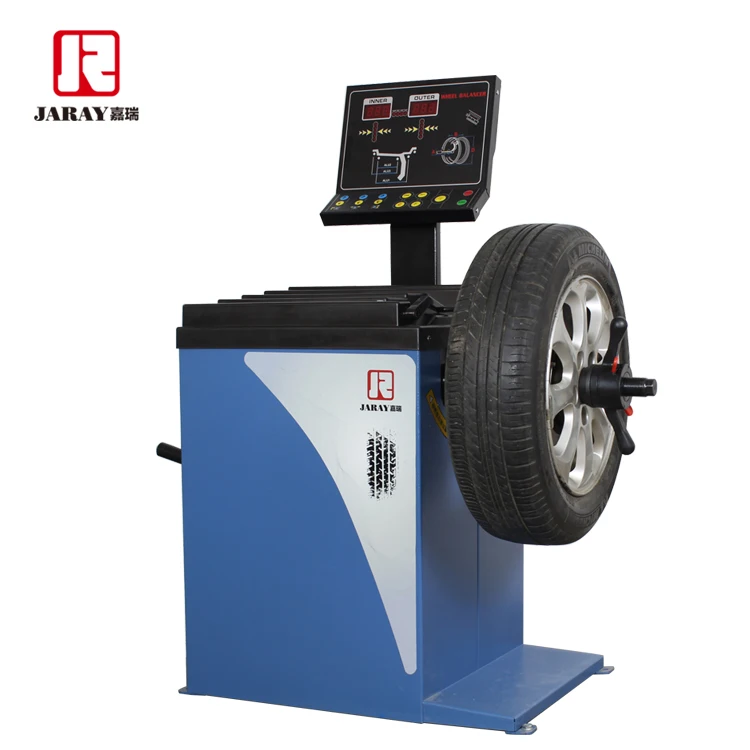 They’ll be slightly heavier in some spots.
They’ll be slightly heavier in some spots.
Just half an ounce in weight difference is enough to cause a vibration when you’re driving.
Rebalancing is done in a tire shop by putting the wheel-tire unit on a tire balancing machine that takes measurements to pinpoint lighter or heavier areas and making adjustments to account for these weight differences. The best time to get it done is when tires are being rotated, both for convenience and because you might have a tire out of balance on the rear of the vehicle and won’t feel it until it is moved to the front.
Here’s how it’s done:
 But sometimes it requires the tech to also move the tire on the wheel and then rebalance. This is because a heavy spot on the wheel and on the tire can sometimes line up together, causing a greater imbalance that needs to be corrected.
But sometimes it requires the tech to also move the tire on the wheel and then rebalance. This is because a heavy spot on the wheel and on the tire can sometimes line up together, causing a greater imbalance that needs to be corrected.Though both should be part of regular auto maintenance, balancing isn’t the same as getting an alignment. Wheel alignment corrects the angles of the tires so they travel in the same direction and make contact with the road properly. Alignment reduces uneven tire wear and extends the life of your tires. Oftentimes tire balancing and alignment are perceived to be the same thing, but are not.
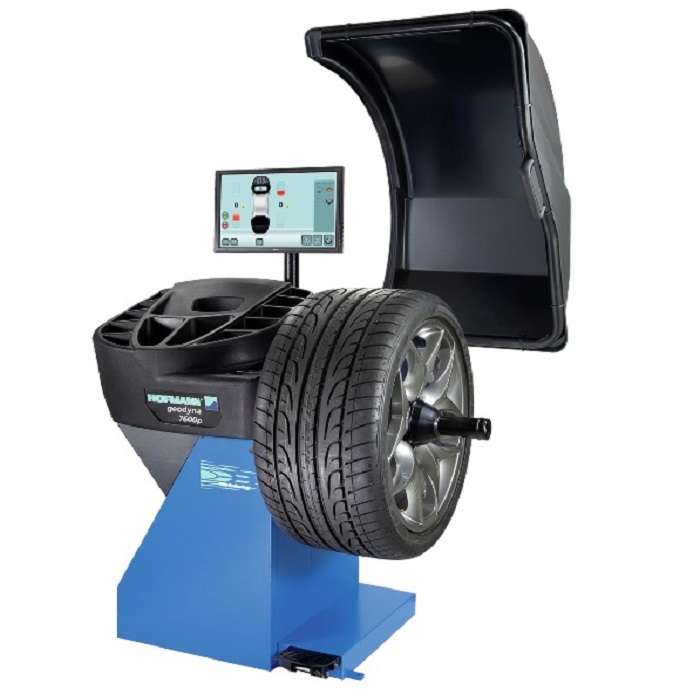
Tire balancing and rotation are often done at the same time, but they aren’t the same service. Tire rotation is when a vehicle’s front and rear wheels are switched to even out tread wear between them. Since both require removing each wheel, it’s convenient to do them at the same time.
Vibration when underway could be caused by an imbalanced tire and wheel assembly or something else — a bent wheel, a damaged tire (which won’t be fixed by balancing), worn suspension parts or other aging components. If you feel a vibration, don’t wait to get it diagnosed. You’ll head off other problems — and enjoy a smoother ride — when your tires are well balanced.
Schedule an Appointment
Adhesive, they are also self-adhesive weights - these are weights that are installed on the wheel using adhesive tape applied directly to them.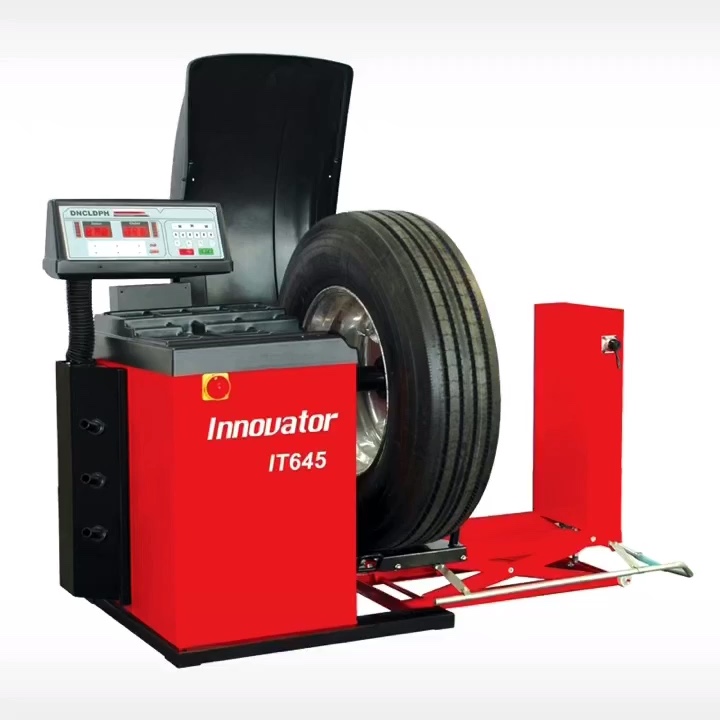 Such balancing weights are mainly used for light alloy wheels, since during installation they do not spoil the coating of the disk and its appearance.
Such balancing weights are mainly used for light alloy wheels, since during installation they do not spoil the coating of the disk and its appearance.
The first point that they pay attention to when buying is scotch tape. The quality of the tape determines how strong the bond between the metal and the adhesive base will be. To tear off a high-quality adhesive tape, it is necessary to apply a minimum force of 150 kPa, and to move it - no less than 3.0 kgf / cm2.
Indirectly, the quality of adhesive tape can be judged by the color of the protective film. Italian and other European manufacturers use a blue protective film. Many buyers opt for more expensive balancing weights with adhesive tape, such as Norton or St. Global.
But Chinese manufacturers who have learned how to make replicas for anything and everything can easily make a protective film in any color. So you should take a closer look at the manufacturer of adhesive tape for balancing weights.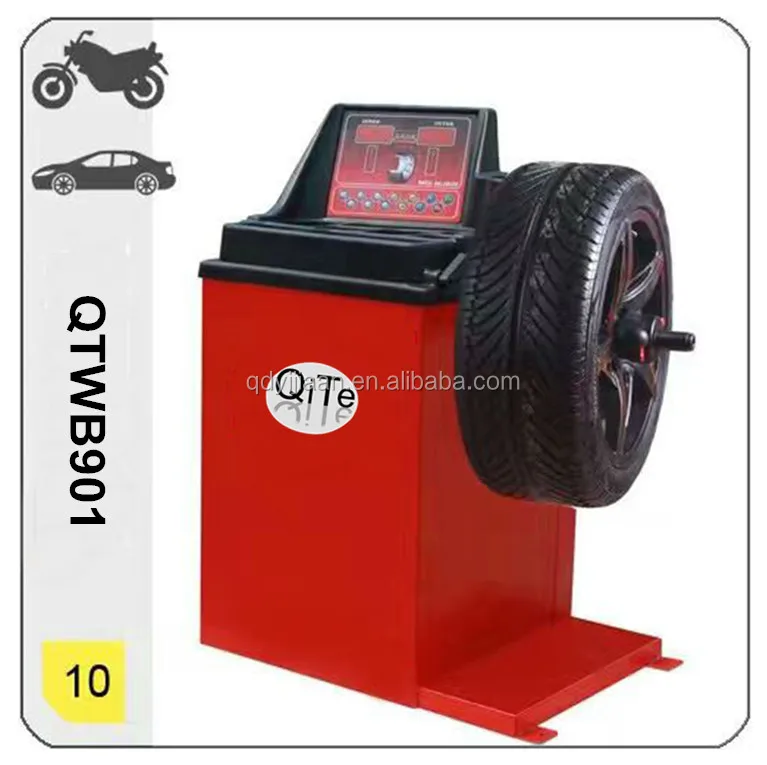 Every brand that cares about its reputation will not use cheap tape, so as not to lose reputation and customers.
Every brand that cares about its reputation will not use cheap tape, so as not to lose reputation and customers.
On the other hand, representatives of handicraft production will not spend money on expensive consumables and will use tape of uncertain quality.
When comparing balance weights, it can be seen that the peel and shear forces of the factory adhesive weights are 2.5 times greater than those of similar home-made weights. When balancing in the cold season, the use of cheap Chinese tape on weights will be a real headache for the masters who directly carry out the balancing.
For drivers, this threatens with frequent visits to the service station, especially after washing or driving at high speed for a long time, when the weights are knocked down by water pressure or come off by centrifugal force.
The second consideration when choosing self-adhesive balancing weights is their direct weight. Weighing the original copies of eminent manufacturers, you can see that the error in their weight is 1%, which is the norm.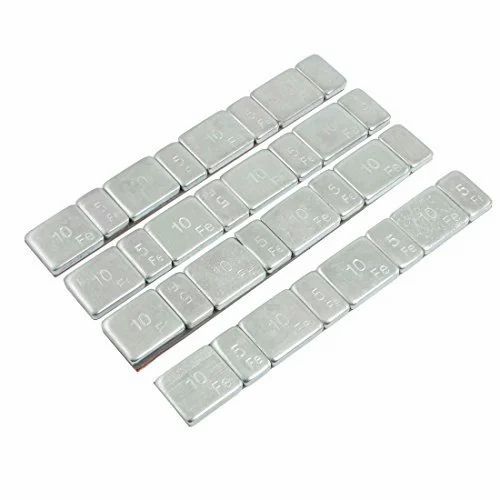 According to GOST, a deviation in the weight of the cargo within 5% is allowed.
According to GOST, a deviation in the weight of the cargo within 5% is allowed.
Cheap tape coupled with underweight in the manufacture of a balancing weight made from expensive lead allows handicraft shops to profit, but in the end it hits the pocket of the driver who receives a low-quality wheel balancing service.
To install the adhesive weight on the disc, it is necessary to clean and degrease the place of its placement. In the cold season, weights must be stored in a certain temperature regime, not lower than +15 degrees Celsius.
When balancing using self-adhesive consumables in winter, be sure to allow the rim to warm up to room temperature. Otherwise, the disk will be covered with condensate, as a result of which the weight will stick poorly. If there is no time to gradually warm up the disk, the weight installation site should be heated locally.
Following these simple rules will allow the driver to avoid problems with self-adhesive weights and reduce the number of unscheduled visits to the tire shop.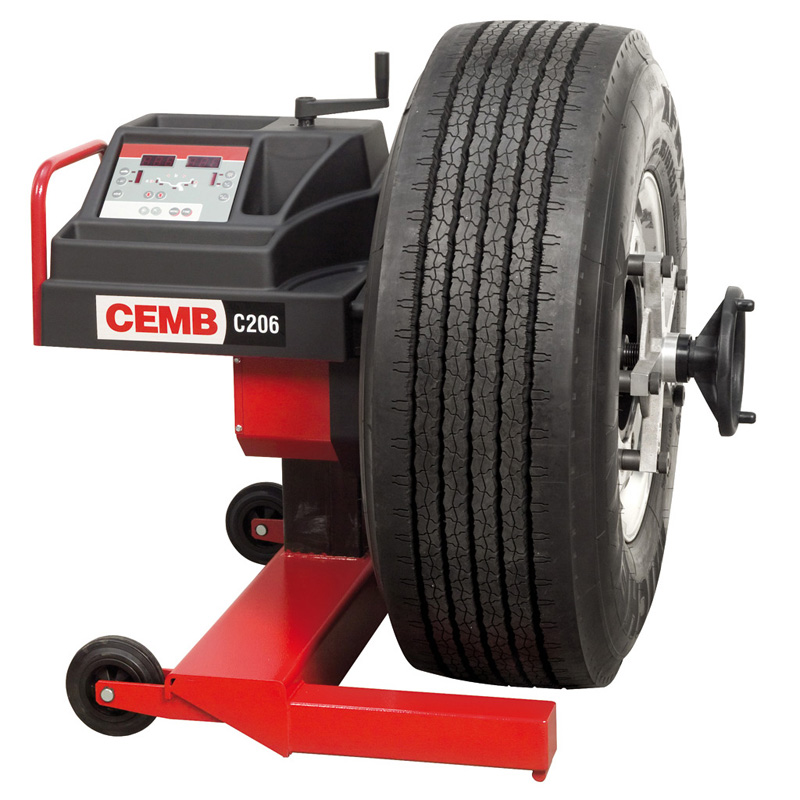
Balancing weights - A PAINFUL TOPIC!
Today we want to talk with you about cargo in tire workshops.
There are cargoes: stuffed and glued, and each in turn is subdivided according to the material of manufacture: steel, lead and zinc.
ZINC - a third more expensive than lead, environmentally friendly (which is why lead is banned in Europe). In Russia, real zinc cargo is extremely rare, since ecology is not our main issue, unfortunately.
LEAD - today the best option, does not rust and does not leave marks on the discs, ductile metal (in case the load flies off, it will minimally damage parts of the brake and other systems).
STEEL - unfortunately tends to rust, leaves marks on the discs, but is cheaper to manufacture and sell.
More details now:
ADHESIVE LOADS - it is important on which adhesive tape, if it is cheap Chinese adhesive tape, then there is a possibility that due to the aggressive environment in which the goods are used, they will fall off.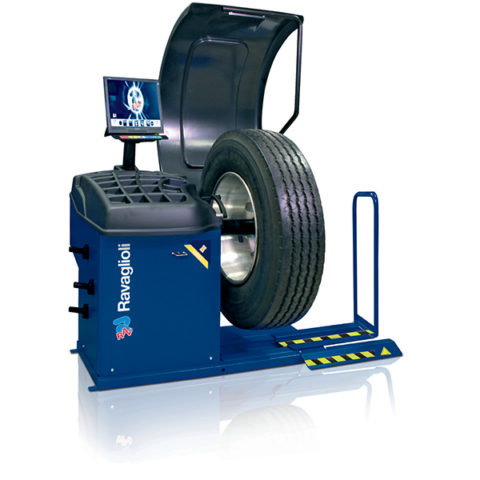 Steel weights tend to rust, of course, when balancing the disks every season, you are unlikely to find traces of rust on the disks, but among us there are many who balance once a year or even less often. We also often hear that steel weights are not as accurate and take up more space - this is a myth. It all depends on the manufacturer on the form factor of the self-adhesive, there is a wide one and a narrow one, here you have the length of the strip. The narrower, the longer. Lead weights are more economical to use, because. after the first spin of the wheel on simple machines, sometimes the load needs to be shifted a few degrees. Lead can be bent with a “yoke” and glued over the edges, and finally glued after balancing. Steel will have to be glued immediately, and it will not work to displace. In this case, they begin to glue additional weights, which is not a high-quality balancing.
Steel weights tend to rust, of course, when balancing the disks every season, you are unlikely to find traces of rust on the disks, but among us there are many who balance once a year or even less often. We also often hear that steel weights are not as accurate and take up more space - this is a myth. It all depends on the manufacturer on the form factor of the self-adhesive, there is a wide one and a narrow one, here you have the length of the strip. The narrower, the longer. Lead weights are more economical to use, because. after the first spin of the wheel on simple machines, sometimes the load needs to be shifted a few degrees. Lead can be bent with a “yoke” and glued over the edges, and finally glued after balancing. Steel will have to be glued immediately, and it will not work to displace. In this case, they begin to glue additional weights, which is not a high-quality balancing.
STUFFED LOADS - if everything is clear about the material, then many tire fitters often have a problem with the difference for stamped and alloy wheels. And here are two options, either the master does not understand, or does not want the client to understand. The difference is in the size of the "ear". The edge on alloy wheels is thicker than on the die, hence the larger lug. If it is practically impossible to stuff the weight for the stamp on the casting, then with the weight for casting it is a little easier. Some of the "competent" craftsmen squeeze this big eye and stuff it on a stamp - this is fundamentally not true! Such a load with a 50% probability will fly off the wheel, and it’s okay if
And here are two options, either the master does not understand, or does not want the client to understand. The difference is in the size of the "ear". The edge on alloy wheels is thicker than on the die, hence the larger lug. If it is practically impossible to stuff the weight for the stamp on the casting, then with the weight for casting it is a little easier. Some of the "competent" craftsmen squeeze this big eye and stuff it on a stamp - this is fundamentally not true! Such a load with a 50% probability will fly off the wheel, and it’s okay if
he will just fly off, because he can get into a neighboring, possibly very expensive, car, and God forbid, into a pedestrian. It is almost impossible to prove the guilt of the master, but the end client will be forced to pay for it.
The eye of all stuffed loads is steel. Strongly wheel rust it does not spoil.
Today, some manufacturers have KNOW-HOW. This is an all-steel padded weight. It is 30% cheaper than lead.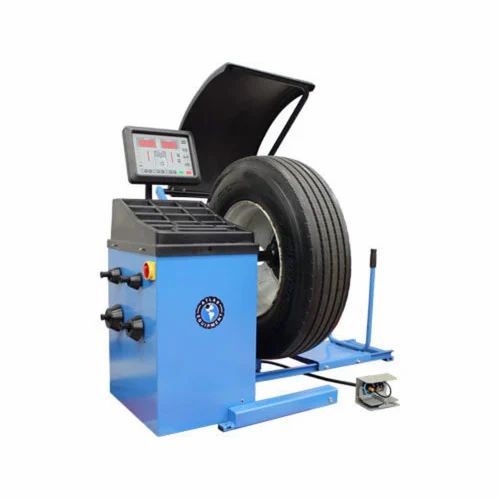 And the problems with it, like with steel self-adhesive tape, are rust.
And the problems with it, like with steel self-adhesive tape, are rust.
Installing Weights - There must be one weight on each disc plane. Two loads in different places can only stand when using SPLIT type technology (load division function).
Another burning issue is the reuse of goods. With adhesive lead, everything is clear, we cleaned the cargo from the old adhesive tape, pasted a new one and we were on our way. Then with stuffed cargo, the issue often causes a lot of controversy. The client says that this is not correct and the load will fall off, and the tire fitting master has the opinion that it’s okay. In fact, if the client is not against the use of secondary cargo, there is nothing to worry about! The words that the ear no longer has the same strength as the new one is a myth. It's just a little rusty, and its durability will last for a long time. The question is whether to take payment for this cargo? Our opinion is no. BUT most importantly, again, stuff the weight for the stamp on the stamp, and the weight for casting on casting! This question, today, has a reverse side.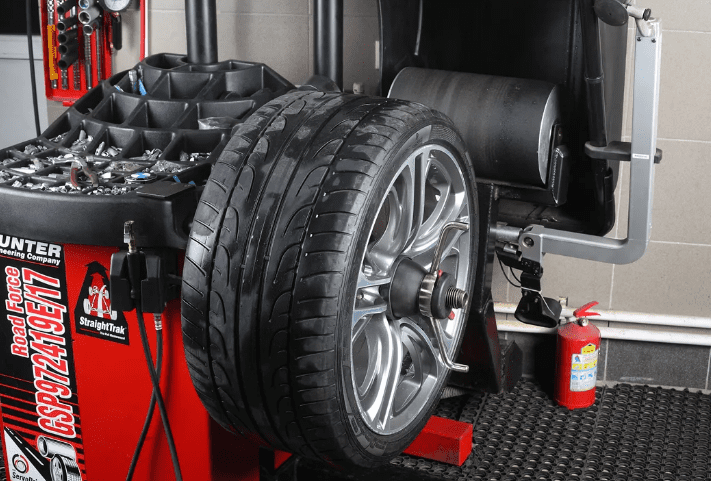 In the pursuit of savings, many manufacturers have forgotten about quality, and on some loads the eyelet is already hanging out of the package. Such loads are not standard and their use is undesirable.
In the pursuit of savings, many manufacturers have forgotten about quality, and on some loads the eyelet is already hanging out of the package. Such loads are not standard and their use is undesirable.
Should steel rammed weight be reused? Time will tell, but I think they will be very rusty.
Now let's talk a little about the machine and the work of the master:
1) Turning the disk. We often hear this myth from the end customers of the tire shop. Allegedly, when the wheel is relaxed on the shaft of the balancing stand and rotated, for example, by 90 degrees, the result on the machine should remain zero. And if the machine asks to weigh the load, then the machine does not work well. It is a myth. In fact, for stamped wheels, when turning on the machine, a deviation of up to 20 grams on each side, and for cast ones with large rubber, up to 80 grams is absolutely normal.
Explanation.
Reason #1 – Wheel pressure. Most craftsmen press the wheel with a cone from the outside. From a technical point of view, this is not entirely true, because. The wheel is not fully centered on the shaft. It is fully centered during installation, first the cone, and then the wheel and clamping nut.
From a technical point of view, this is not entirely true, because. The wheel is not fully centered on the shaft. It is fully centered during installation, first the cone, and then the wheel and clamping nut.
Reason #2 – Effort. With each clamping of the wheel, the master applies a different force. From the outside it may seem that this does not affect the result, but this is an erroneous opinion - it really does.
Reason #3 – Center hole. Manufacturers of rims do not try to make the edges of the central hole from the outside ideal. And the disk is centered just along these edges, when clamped by a cone from the outside. This is another reason to install the cone from the inside, the inner hole, most often, has a smaller layer of paint, and yet manufacturers make it as accurate as possible.
Reason #4 - Cone. On budget machines, the cones are made of softer steel, and over time, small grooves and damage appear on them. We will also include here all the poor-quality and failed remnants.
2) Rounding and zeroing. All balancers have these features. With rounding everything is clear. Zeroing - from the factory, most often, zeroing costs 5 grams. This means that the machine less than 5 grams will not ask for a load and will report the completion of the disc balancing procedure. Some masters set zeroing up to 10 grams, as you understand, this makes their life much easier when working with any discs. Does it make life easier for the client? For example, at a speed of 120 km / h, the extra 5 grams turn into a force of 2.5 kg. But the forces and vibrations caused by this weight are most often lost in the suspension, steering play, etc.
3) Negligent attitude. This point borders on the next one, but every situation is different. Sometimes the tire fitter really does not care about the work he does. And sometimes there are certain circumstances. On purpose or not, he can make a mistake at any point. We are talking about the attitude to work and the attitude to the maintenance of the machine.